PhD studies topics starting in 2024, the exact date of the admission procedure will be specified. It will probably take place in June 2024.


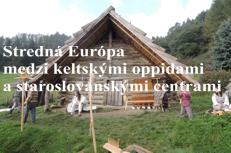
Home
Dominika Oravkinová received the ‘Danubius Young Scientist Awards’
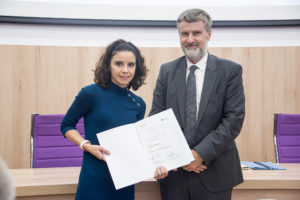
‘At the ‘Danubius Awards 2023,’ several researchers from regions traversed by the Danube River were honoured for their academic achievements. On October 19, researchers who significantly contributed to the development of the Danube region were recognized. Our colleague, Mgr. Dominika Oravkinová, PhD., received the ‘Danubius Young Scientist Award.’
The ‘Danubius Award’ assessment was established in 2011 to commend individuals who have excelled in their dedication to the Danube region through their academic work or cultural creations.
This award is open to all disciplines and, among other things, helps promote the involvement of young scientists in research and cultural creation related to the Danube River basin. The awards are granted by an independent expert jury. These awards also contribute to the implementation of the European Union strategy for the Danube Region, adopted by the European Parliament in 2011.
We warmly congratulate Dominika!
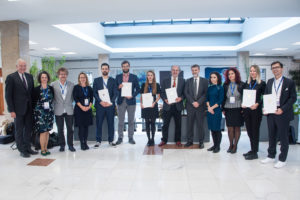
PhD studies 2023 – additional admission procedure
PhD studies topics starting in 2023. For further information, you can find it here: https://www.ff.ukf.sk/23-studium/doktorandske-studium
41st international conference Questions of the Neolithic and Eneolithic of our countries
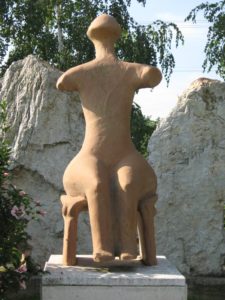
On September 27–29 2022 the 41st international conference Questions of the Neolithic and Eneolithic of our countries will take place in Palárikovo.
V dňoch 27.–29. septembra 2022 sa v Poľovníckom kaštieli Palárikovo uskutoční 41. medzinárodná konferencia Otázky neolitu a eneolitu našich krajín.
The Slovak Academy of Sciences Awards for 2021
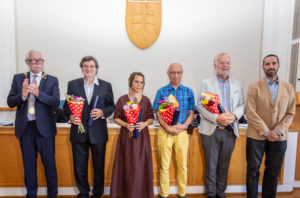
On 30th of June 2022, a ceremony was held at the SAS Congress Centre in Smolenice, where the Slovak Academy of Sciences awards for outstanding achievements in scientific research, international scientific and technical cooperation and popularisation of science were presented.
The Slovak Academy of Sciences award for popularization of science and social applications of science was awarded by prof. RNDr. Pavol Šajgalík, DrSc., the President of the Slovak Academy of Sciences, to: PhDr. Karol Pieta, DrSc., doc. PhDr. Matej Ruttkay, CSc., Mgr. Tereza Štolcová, PhD., Mgr. Zbigniew Robak, PhD., from the Institute of Archaeology of the Slovak Academy of Sciences, and to Róbert Benkovits, Marína Juríčková and Jozef Chudík from RTVS (Radio and Television of Slovakia) for the series of popular scientific documentary films “Slovak Archaeologists,” which in an accessible way brought to the public significant Slovak and foreign archaeological sites mapped by Slovak experts.
All documentaries about Slovak Archaeologists can be viewed in the RTVS archive:
Bojná hillfort
https://www.rtvs.sk/televizia/archiv/14735/201018
Princely grave from Poprad
https://www.rtvs.sk/televizia/archiv/14735/201677
https://www.rtvs.sk/televizia/archiv/14735/202258
Excavation of Slovak team in Guatemala
https://www.rtvs.sk/televizia/archiv/12595/136059
https://www.rtvs.sk/televizia/archiv/12595/137242
https://www.rtvs.sk/televizia/archiv/12595/139063
https://www.rtvs.sk/televizia/archiv/12595/140372
https://www.rtvs.sk/televizia/archiv/12595/142089
Archaelogists in Sudan (Duwejm Wad Hadž)
https://www.rtvs.sk/televizia/archiv/18253/300110
https://www.rtvs.sk/televizia/archiv/18253/300149
https://www.rtvs.sk/televizia/archiv/18253/300224
https://www.rtvs.sk/televizia/archiv/18253/300814
PhD thesis topics
The Institute of Archaeology of the Slovak Academy of Sciences (founded in 1939) is a modern workplace that currently employs more than 70 professional and scientific staff – archaeologists, but also colleagues from several collaborating natural science disciplines. For more information about the department, see www. sav.sk/Science groups/Historical sciences/Institute of Archaeology; www. archeol.sav.sk.
The Institute is an independent education centre for three (Constantine The Philosopher University in Nitra) and four-year (Comenius university, Bratislava) studies in external and internal mode in the field of archaeology in conjunction with several Slovak universities. Upon successful graduation, the doctoral student receives the title “Philosophiae doctor” (PhD.) Currently, internal doctoral students receive a tax-free scholarship of 807 € per month during the first part of study and 940 € per month after a successful dissertation examination. Doctoral students supervised by renowned supervisors have good working conditions at the institute and are usually immediately involved in research projects, which improves their communication in the research area, work mobility and material and technical equipment.
The thesis topics offered are based on the needs of contemporary archaeological research in the Central European area and can be a good start to systematic scientific work for their future researchers.
More information about study:
Constantine The Philosopher University in Nitra
Comenius university, Bratislava
Call for Papers EAA 2020 Budapest 26th-30th August
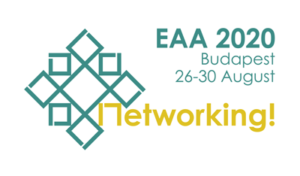
Call for Papers EAA 2020 Budapest 26th-30th August
Session: #261 Archaeology of Central Places in Europe: Power, Christianity and Funeral Rituals
Theme & Session Format
Theme:
6. Embedded in European archaeology: the Carpathian Basin
Session format:
Regular session
Title & Content
Title:
Archaeology of Central Places in Europe: Power, Christianity and Funeral Rituals
20th international conference KELTI / THE CELTS / DIE KELTEN 2019
On May 14th–17th 2019 the jubilee 20th annual conference about the Late Iron Age in Central Europe Kelti / The Celts / Die Kelten 2019 took place.
The event, organized with the support by SAS Institute of Archaeology, Slovak Research and Development Agency within the contract No. 14-0842, project VEGA No. 2/0001/18, Slovak Archaeological Society by SAS, and Anton Točík Foundation, have been hosted in Stará Lesná in SAS Congress centre Academia.
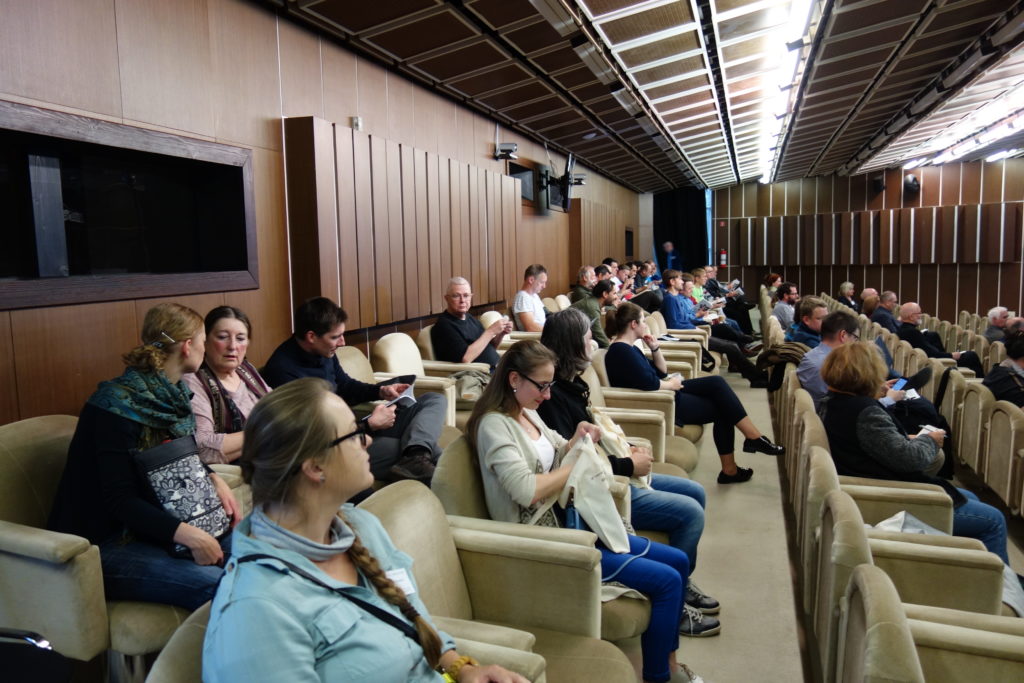
58 researchers on the La Tène Period from Slovakia, Czech Republic, Poland, Austria, Slovenia, Croatia, Hungary, Germany, Rumania, France, and Australia participated. The scientific program of the conference was enriched by the excursion focused on the monuments of the Spiš region.
By the occasion of the 20th jubilee the Book of abstracts was published, that is available here.
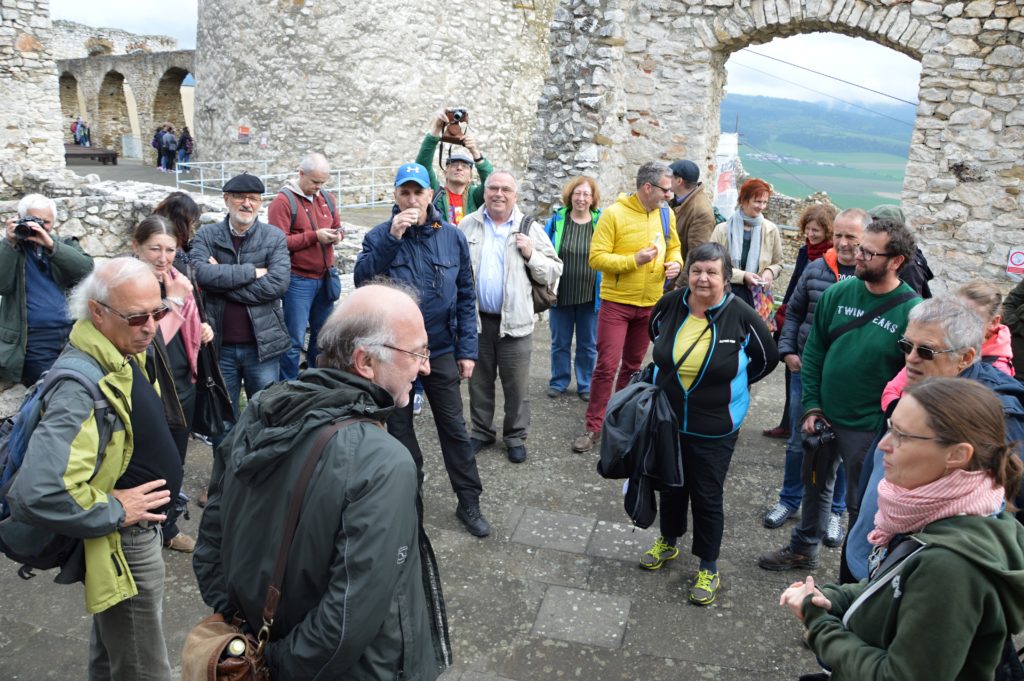
VirtualArch. Visualize to Valorize – For a better utilization of hidden archaeological heritage in Central Europe
Workshop
Pribinovo námestie 992/5, 949 01 Nitra
23rd – 24th of October 2018
VirtualArch is a international project aiming to settle the current trends in presentation of unseen archaeological heritage by a modern and innovative tools, like 3D modelling, augmented or virtual reality. One of the conferences, now held in Nitra, will focus on volunteers and public and their role in the monument preservation and presentation.
![]()
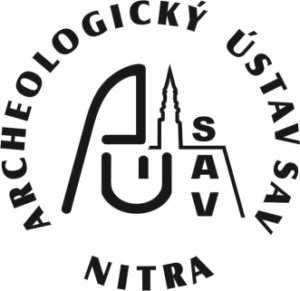
![]()
The Cuman-Qïpchaq Tribal Community in the Age of the Mongol Onslaught
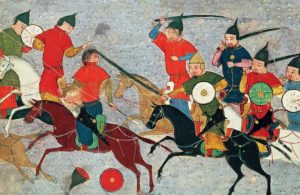 For almost two centuries the Cuman-Qïpchaq Tribal community enjoyed an unchallenged domination over the steppes of Western Eurasia, which became to be known as the Cuman Field (Dasht-i Qipchāq, Pole Polovetskoe, Cumania). However, this favorable situation dramatically changed in the first decades of the 13th c., when the advancing Mongol armies started a series of campaigns aimed at the subjugation of the numerous nomadic inhabitants of the Cuman Field. Motivated by their project for pan-nomadic empire and worried by the possible repercussions of the stubborn Cuman-Qïpchaq resistance among other steppe dwellers, the Chinggisids put every effort to impose their authority over these tribes.
For almost two centuries the Cuman-Qïpchaq Tribal community enjoyed an unchallenged domination over the steppes of Western Eurasia, which became to be known as the Cuman Field (Dasht-i Qipchāq, Pole Polovetskoe, Cumania). However, this favorable situation dramatically changed in the first decades of the 13th c., when the advancing Mongol armies started a series of campaigns aimed at the subjugation of the numerous nomadic inhabitants of the Cuman Field. Motivated by their project for pan-nomadic empire and worried by the possible repercussions of the stubborn Cuman-Qïpchaq resistance among other steppe dwellers, the Chinggisids put every effort to impose their authority over these tribes.
The present lecture of Dr. Konstantin Golev, researcher from the Institute of History of the Bulgarian Academy of Sciences and adjoin researcher from the St. Kliment Ohridski University in Sofia, will examine the contrast models of behavior, adopted by the various Cuman-Qïpchaq groupings in the face of the inevitable Mongol menace.
The lecture will take place on February 14 2018 at 14.00 in the SAS Institute of Archaeology, Akademická 2 in Nitra.

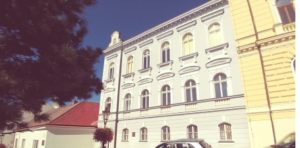 VirtualArch
VirtualArch
